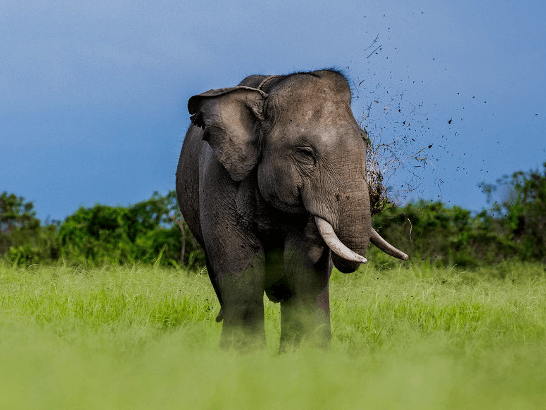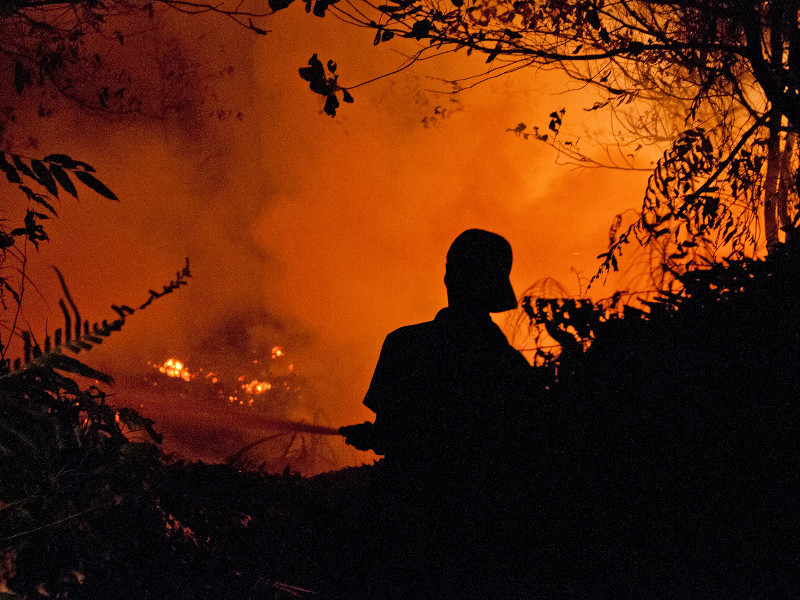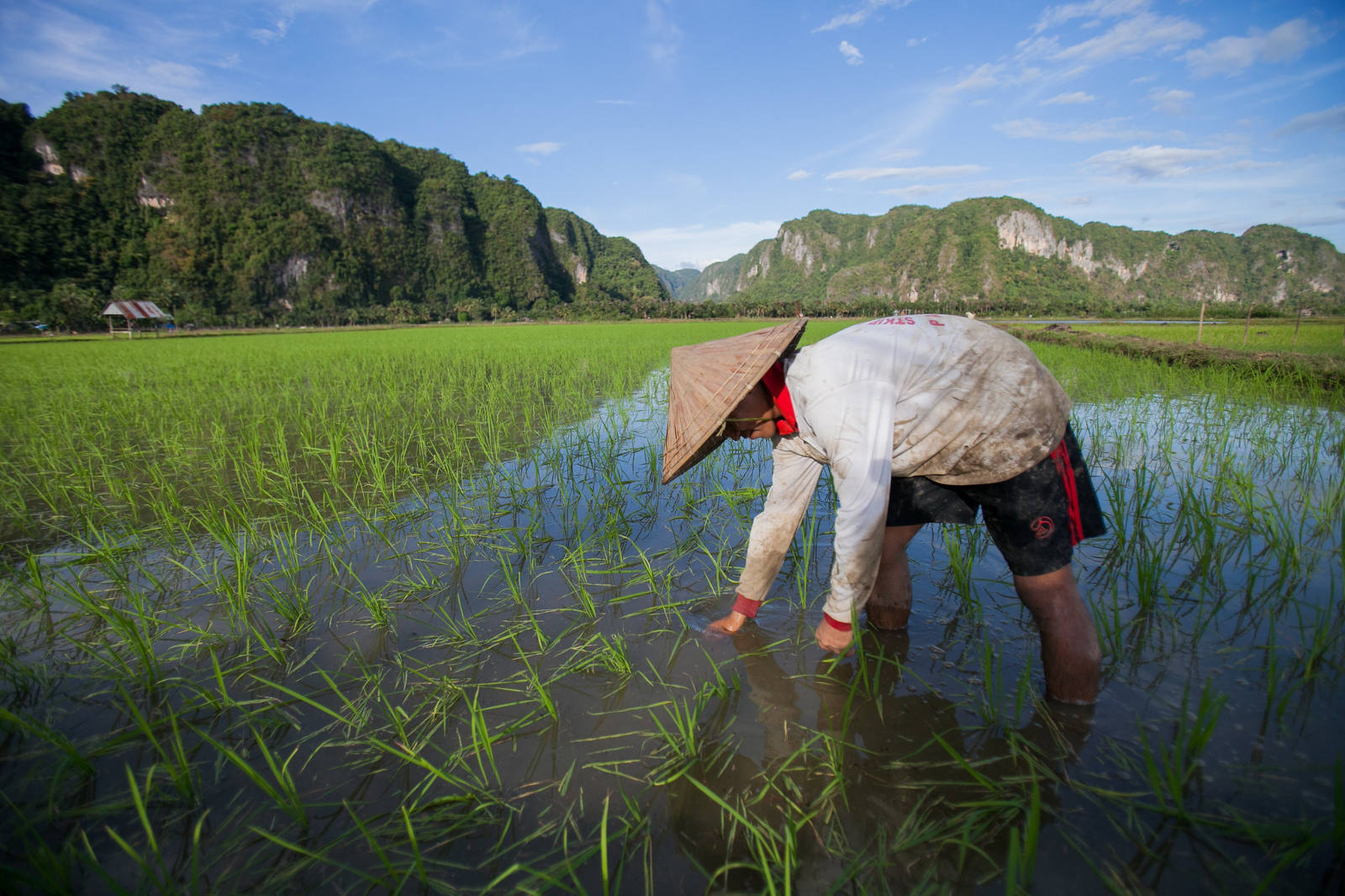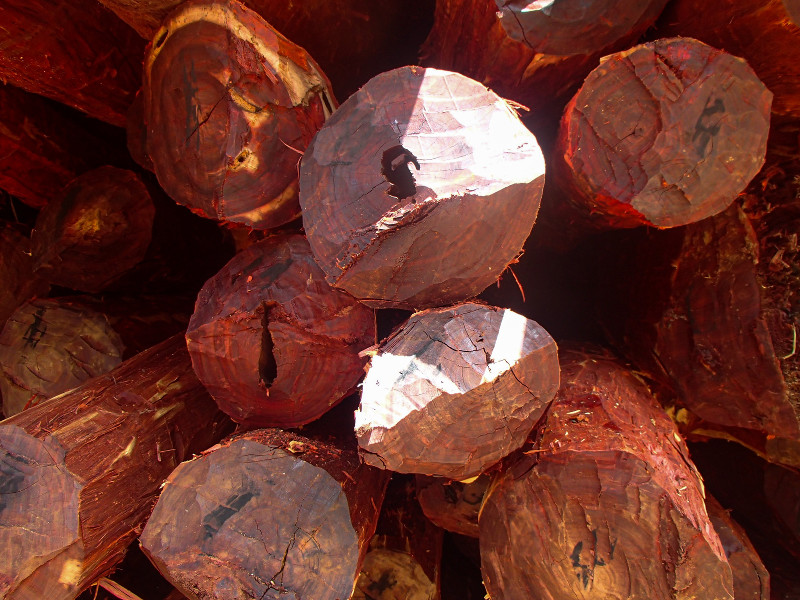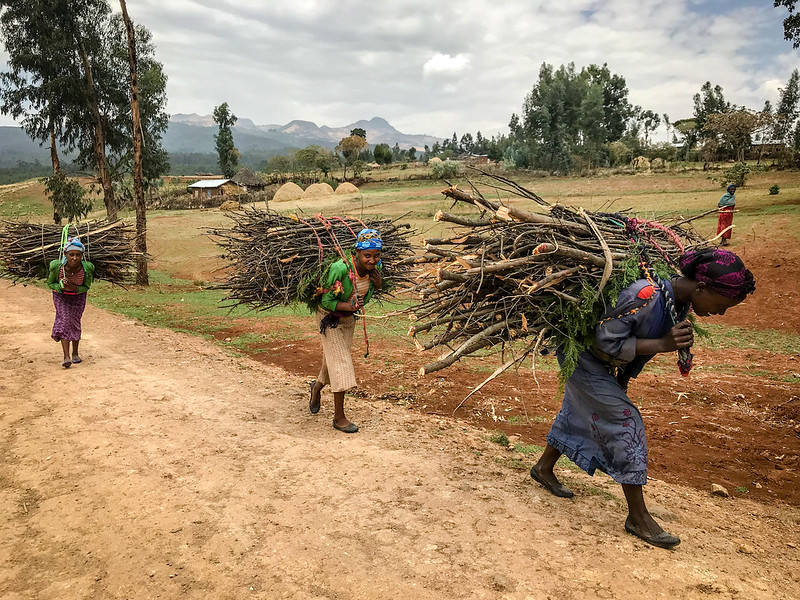Domestication of Irvingia gabonensis, a fruit tree grown in agroforestry systems in West and Central Africa, offers considerable scope for enhancing the nutritional and economic security of subsistence farmers in the region. Assessments of phenotypic variation in ten fruit, nut and kernel traits were made on twenty-four ripe fruits from 100 Irvingia gabonensis trees in Ugwuaji village in southeast Nigeria, a center of genetic diversity for this species. There were important differences between the young planted trees of this study and the older unplanted trees of a similar study in Cameroon. Significant and continuous tree-to-tree variation was found in fruit mass(69.0–419.8 g), flesh mass (59.5–388.8 g), nut mass (9.5–40.6 g), shell mass (4.9–30.9 g) and kernel mass (0.41–7.58 g); fruit length (49.2–89.3 mm) and width (46.2–100.5 mm) and flesh depth (12.9–31.4 mm), as well as considerable variation in flesh colour, skin colour, fruit taste and fibrosity. Some fruits were considerably bigger than those found in Cameroon. These quantitative results will help in the development of cultivars within participatory approaches to agroforestry tree domestication, and so promote poverty alleviation and sustainable agriculture.
DOI:
https://doi.org/10.1023/A:1026094021408
Altmetric score:
Dimensions Citation Count:












